General Info – summary
This Tree is up to 10m high with, irregularly pealing bark revealing varied colours below. Lenticels are absent. Simple, alternate Leaves are coppery when young. Impressive Flowers are in racemes. The 5 sepals become red and resemble replaced petals. The many stamens have anthers opening through an apical pore and the pistil has recurved stigmas. Fruit is one seeded drupe within a red or orange calyx.
Description
Ochna pulchra
Previous Names: Ochna aschersoniana, Ochna fuscescens, Ochna rehmannii, Polythecium pulchrum, Polythecium rehmannii.
SA Tree No. 483.
Common names: (Afr) Barnardsgif, Blinkblaar, Blinkblaarboom, Lekkerbreek, Lekkerbreekhout, Menshoutboom, Morsaf, Morsafhout, Pypsteel, Pypsteelhout, Seerbas, Seerbos, Seermaakbos, Seermak, Skilferbos, Slegbreek, Vervelbas, Vervelboom. (Eng) Peeling Plane, Peeling-bark Ochna, Wild Pear, Wild Plum. (Northern Sotho) Monamane, Mopha. (Setswana) Nzololo. (Tshivenda) Murambo, Musuma, Tshithothonya.
Family Ochnaceae. This family has about 30 genera and about 250 species. In South Africa, there are 2 genera and 13 species. Members are shrubs or trees. The Bark may be rough or smooth and may flake. The simple Leaves are alternately arranged and usually hairless. The parallel lateral veins are close together. The regular, bisexual Flowers may be fragrant and may be solitary. The 4-5 sepals are usually persistent and pinkish or red when in fruit. In the bud the Sepals are quincuncial (an arrangement of 5 parts e.g., petals or sepals that overlap in such a way that 2 are exterior, 2 interior and the 5th has one edge outwards and the other inwards). The 4-5 fugacious (lasting for a short time) Petals are usually yellow and have short stalks. The number of Stamens varies, and the persistent filaments end with anthers that have 2-theca (2 pollen sacs). There are 5-15 carpels. Fruit is a 1-seeded drupelet, which rests on an enlarged receptacle.
Name derivation: Ochna – pear: possibly referring to the leaf shape. pulchra – beautiful – referring to the flowers. This plant was first collected on the Magaliesberg in 1841. In southern Africa, there are currently 12 species within the genus Ochna. In southern Africa, there are 12 species and South Africa has 8 of these.
Conservation: National Status: L C. (Least Concern). Assessment: 2005 (W. Foden and L. Potter).
Tree
With its spreading crown, this Tree (photo 548) may reach 10m in height – usually less. The main Stem is initially chunky but becomes very smooth and up to 20cm wide. Older stems are smooth and pale grey and here the Bark has peeled off – often in chunks. The lost bark reveals a lustrous varied yellow or cream to white underbark (photo 164). The lightish stems are visible some distance from the plant. These characteristics make tree identification easier. This bark is similar to the appearance of the bark on the Pride of India (Lagerstroemia indica). Young branches are stout, brittle, pale grey to whitish and lack lenticels (usually raised corky oval or elongated areas on the plant that allow the uncontrolled interchange of gases with the environment).
- 161. 2016/10/25. Pretoria NBG Photo: David Becking.
- 548. 2016/11/15. Pretoria NBG Photo: David Becking.
- 164. 2016/10/25. Pretoria NBG. Photo: David Becking.
- 167. 2016/10/25. Pretoria NBG Photo: David Becking.
Leaves
This deciduous plant has attractive new Leaves in shades of light green and bronze (photo 166). In this photo, Leaf Scars are visible. Finally, leaves become a glossy darker green above (photo 1037). Leaves are simple (has a single blade which may have incisions that are not deep enough to divide the blade into leaflets) and are elliptic to ovate (egg-shaped), obovate (upside down egg-shaped), broadly lanceolate or even oblanceolate. The usually entire Margins may have numerous, small serrations closer to the apex (photo 1044). Leaf size may reach 18 x 6cm but is usually up to 8 x 3cm. N.B. the measurement of leaf length excludes petiole (leaf stalk). Mature, alternate leaves are leathery and hairless (photo 814). There are 16+ pairs of lateral Veins, which may be visible on both sides. Prior to reaching the margin, the veins curve sharply towards the apex (photo 1044). The Midrib is yellowish and clearly visible on both sides (photo 1044). The Apex is broadly tapering to almost round and may end in a short point (photo 1044). The Base is narrowed, round or nearly square. The thick Petiole (leaf stalk) is short, stout and up to 8mm long (photo 1044). Stipules (basal appendage of the petiole) are tiny, situated adjacent to the petioles and may be red (photo 814R). Here young lenticels are visible on the branch.
- 166. 2016/10/25. Pretoria NBG. Photo: David Becking.
- 1037. 2016/10./18. Pretoria NBG. Photo: David Becking.
- 814. 2016/10/11. Pretoria NBG. Photo: David Becking.
- 814R. 2016/10/11. Pretoria NBG. Photo: David Becking.
- 1044. 2016/10/18. Pretoria NBG. Photo: David Becking.
Flowers
The sweet-scented Flowers have Buds that appear with the new leaves (photo 165). All species of Ochna have yellow flowers. In Ochna pulchra they are pale to dark yellow and develop at branch ends – in impressive many flowered Racemes (simple elongated inflorescences with stalked flowers that open in succession towards the apex. Each raceme is up to 13cm long. Flowers may be short and erect or long and drooping. Lengthy Pedicels (single flowers stalks) are nearly 3cm long and are initially an impressive bright green (photo 377). Individual flowers are up to 1,5cm wide and initially have 5 green Sepals which enlarge and replace the short-lived petals. In the process, they change from green to a bright red and now resemble petals. These continue to enlarge as the flower develops. This distinctive growing Calyx is impressive (photo 377). These Sepals are quincuncial (here the of 5 parts of the sepals overlap in such a way that 2 are exterior, 2 interior and the 5th is has one edge outwards and the other inwards – photo 386 under Fruit). The 5 Petals are very narrow and extend, for a short time, between the sepals before being lost. The many free Stamens are born under the ovary on the Receptacle (is that expanded tip of the Pedicel from which the floral parts develop) and initially have distinctively yellow basifixed Anthers and persistent Filaments (photo 386 under Fruit). These anthers each have 2 theca (pollen sacs) which open through apical pores (photo 302). This is not common in local trees. The filaments eventually shrink and turn brown (photo 386 under Fruit). There are a number of Carpels (the foliar units of a compound pistil or ovary) placed in a single whorl attached to the receptacle. Carpels are still green in photo 386 – under Fruit. There is a single Pistil (a unit of the Gynoecium, the female element of the flower, composed of the superior Ovary, Style and Stigma). The Style ends in a number of recurved Stigmas (photo 302). (Aug-Jan).
- 165. 2016/10/25. Pretoria NBG. Photo: David Becking.
- 377. 2016/11/08. Pretoria NBG. Photo: David Becking.
- 302. 2017/10/02. Pretoria NBG. Photo: David Becking.
Fruit
The Fruit (photo 969) is one of many small kidney-shaped Drupes (fleshy, 1-seeded indehiscent fruit with the seed enclosed in a stony endocarp; stone fruit e.g., peach). These drupes rest on an enlarged receptacle (photo 386). When mature, the initially green fruits (photo 917) usually turn black. The persistent Calyx becomes distinctively pink or red (photo 917) and grows to about 2cm long. In this photo the remains of some stamens are still visible. Seeds lack endosperm (the starch and oil-containing tissue of many seeds; often referred to as the albumen). The fallen remains of the calyx may colour the ground orange or red below the tree (photo 967R)
- 969. 2017/11/14. Pretoria NBG. Photo: David Becking.
- 386. 2017/10/02. Pretoria NBG. Photo: David Becking.
- 917. 2017/11/14. Pretoria NBG. Photo: David Becking
- 967R. 2017/11/14. Pretoria NBG. Photo: David Becking.
Distribution & Ecology
These Trees are located at low to medium altitudes in open woodland and bushveld (a sub-tropical woodland ecoregion of southern Africa). They are also found in sour veld (veld that is largely covered with coarse seasonal perennial grasses and affords inferior grazing), on dunes e.g., in the Kalahari (semi-arid savanna in southern Africa including, Botswana and Namibia – often with visible red sands). The plants also grow on quartzite and granite formations. These plants are absent in the winter rainfall region of the Western Cape. Provincially they occur in northern Gauteng e.g., Pretoria including the National Botanical Gardens, North West e.g., Hartbeestpoort dam, Limpopo and Mpumalanga. Beyond our borders, they occur in Mozambique –west central and north, Zimbabwe, Botswana, Namibia – including Caprivi, Zambia, Angola and the DRC.
Ethnobotany
These trees flower together with Dombeya rotundifolia and Senegalia caffra (Acacia caffra) and typically herald the beginning of spring. The green Fruit contains a lot of fat and is roasted and eaten. To extract the fat the fruit is boiled in water and the floating fat is skimmed off. Soap and candles can be made from the fruit. The Roots are used by Bushmen to make soap. A mature tree produces about 7kg of fruit per year. Wood is short-grained, light red and soft. It is also brittle, likely to crack and not much used. The leaves have some anti-bacterial action. The young leaves may be poisonous to stock. This attractive garden plant is slow growing. Seeds are difficult to germinate, and young plants do not transplant easily. Planting fresh seeds in sunlight directly where the plant will grow may help.
References
Burrows, J.E., Burrows, S.M., Lotter, M.C. & Schmidt, E. 2018. Trees and Shrubs Mozambique. Publishing Print Matters (Pty) Ltd. Noordhoek, Cape Town.
Coates Palgrave, M. 2002. Keith Coates Palgrave Trees of Southern Africa, edn 3. Struik, Cape Town.
Foden, W. & Potter, L. 2005. Ochna pulchra Hook.f. National Assessment: Red List of South African Plants version 2020.1. Accessed on 2023/09/18.
Lawrence, G. H. M, 1951. Taxonomy of Vascular Plants. The Macmillan Company, New York. Tenth Printing 1965.
Palmer, E. & Pitman, N. 1972. Trees of southern Afric. Balkema, Amsterdam, Cape Town.
Schmidt, S. Lotter, M. & McCleland, W. 2002. Trees and Shrubs of Mpumalanga and the Kruger National Park. Jacana, Johannesburg.
van Wyk, B. & van Wyk, P. 1997 Field guide to Trees of Southern Africa, Struik, Cape Town.
http://www.plantzafrica.com/plantnop/voteplant.php
https://en.wikipedia.org/wiki/Ochna_pulchra#Range
http://www.operationwildflower.org.za/index.php/albums/trees/ochna-pulchra-flowers1-jw-1620
http://iscantree.co.za/ochna-pulchra-lekkerbreek-peeling-plane/
https://www.ispotnature.org/species-dictionaries/sanbi/Ochna%20pulchra

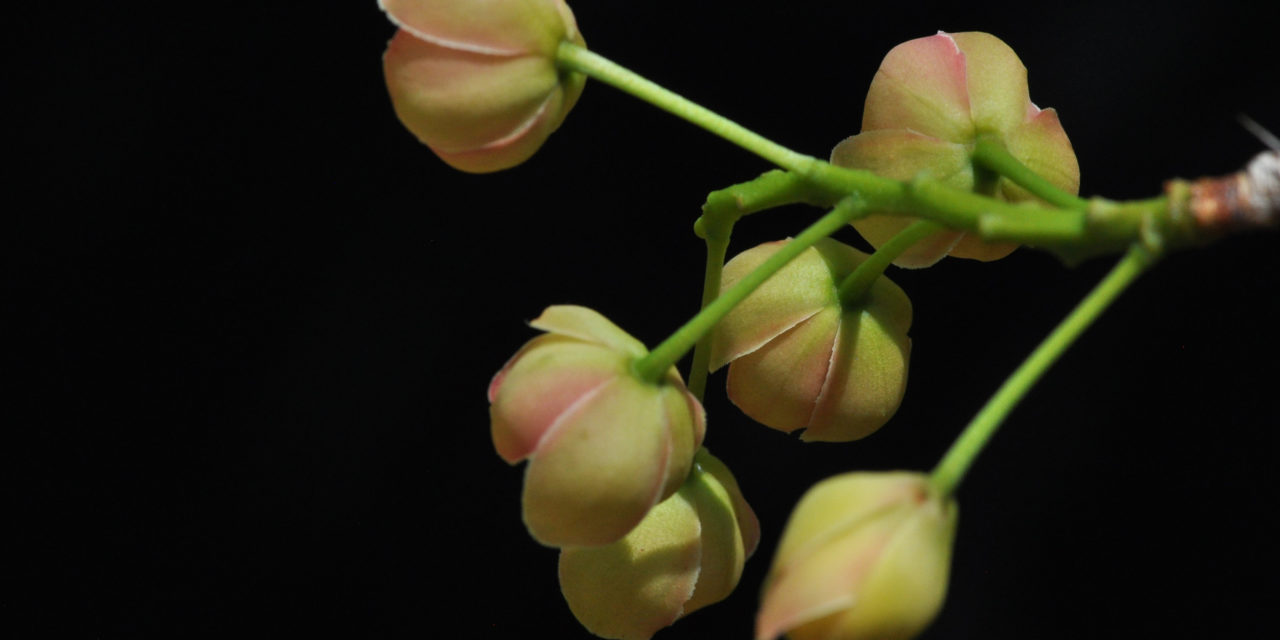
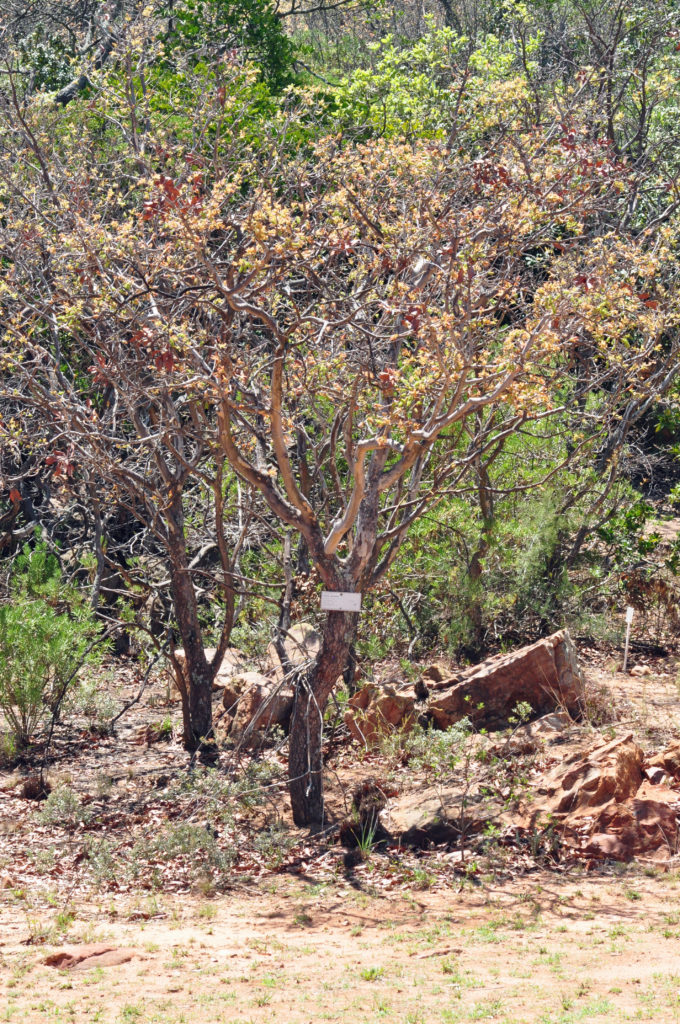
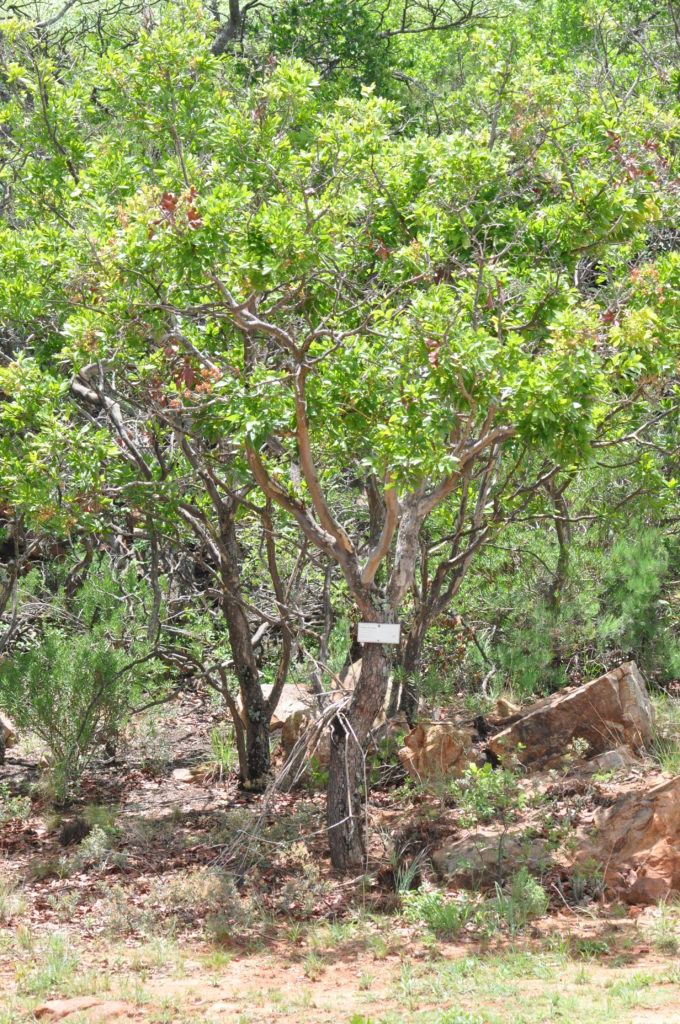
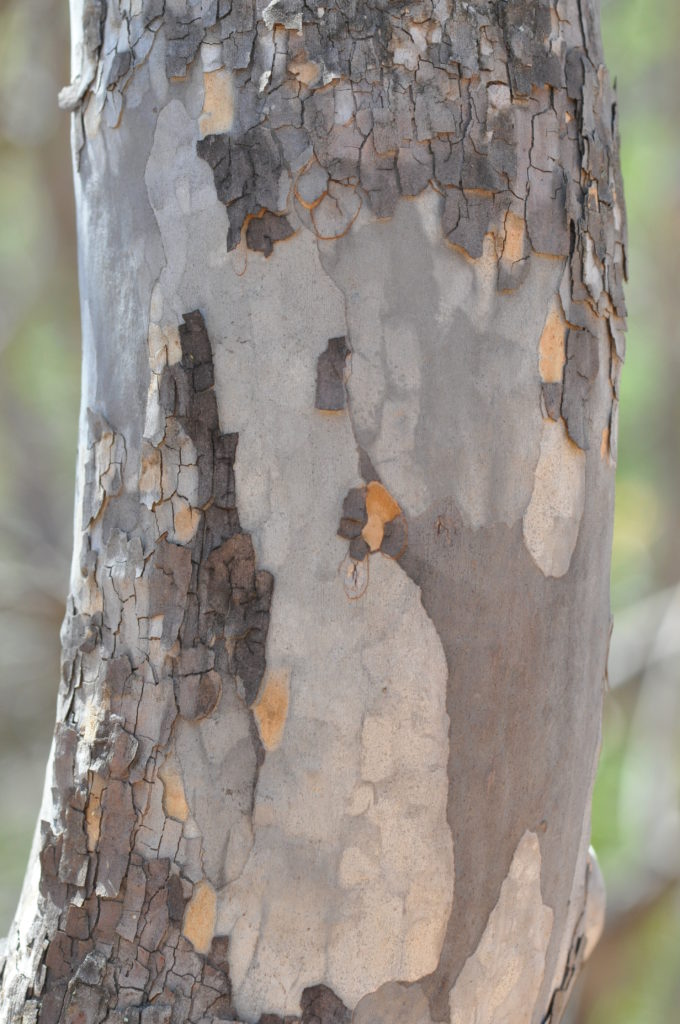
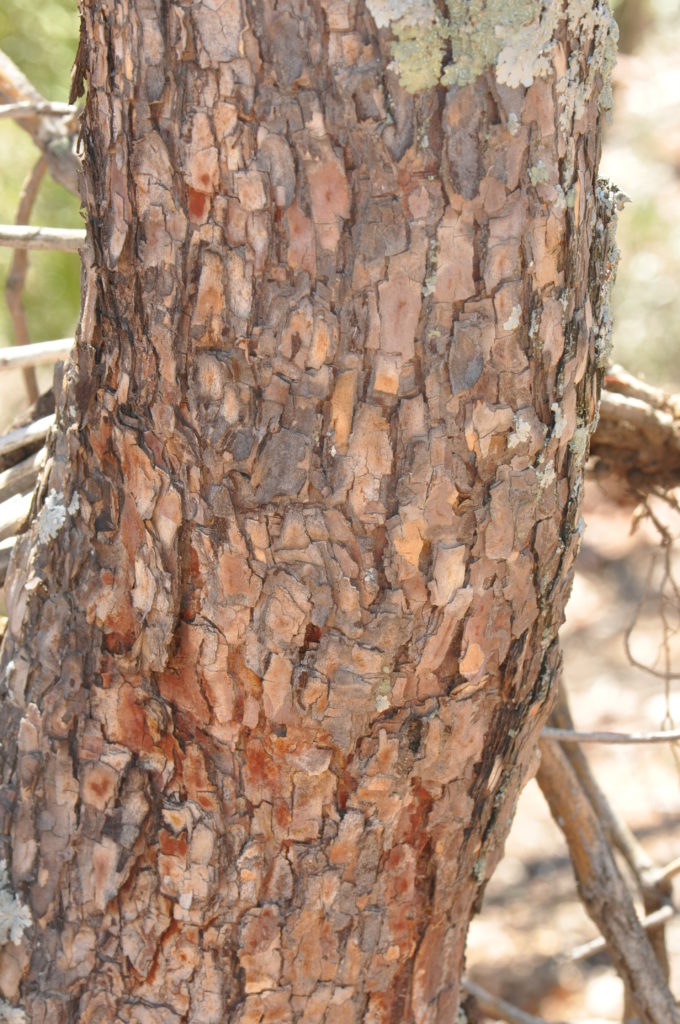
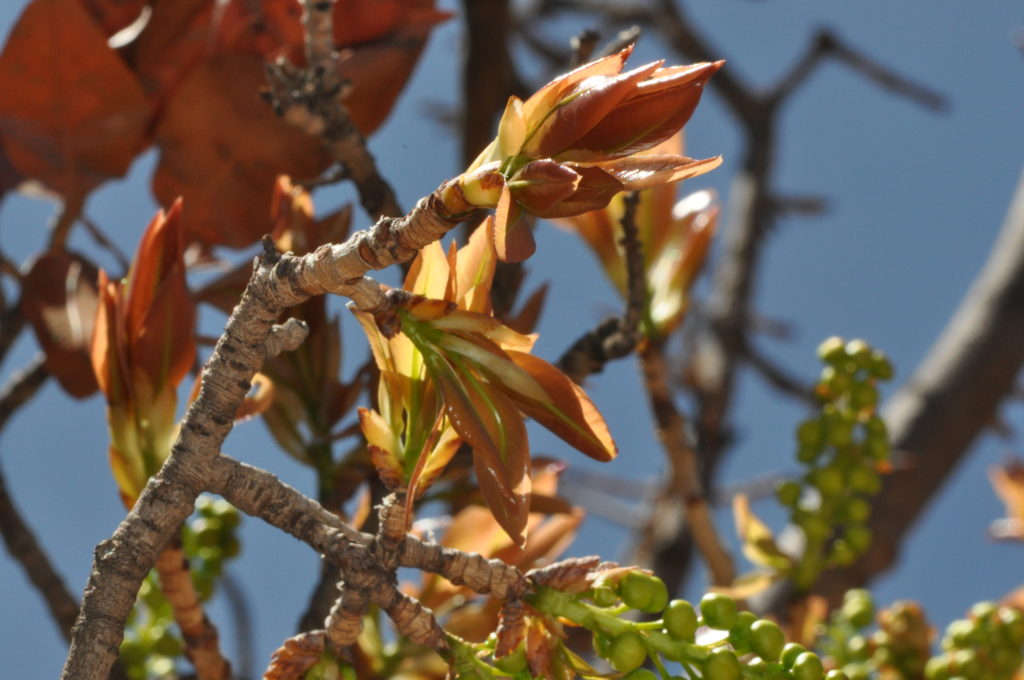
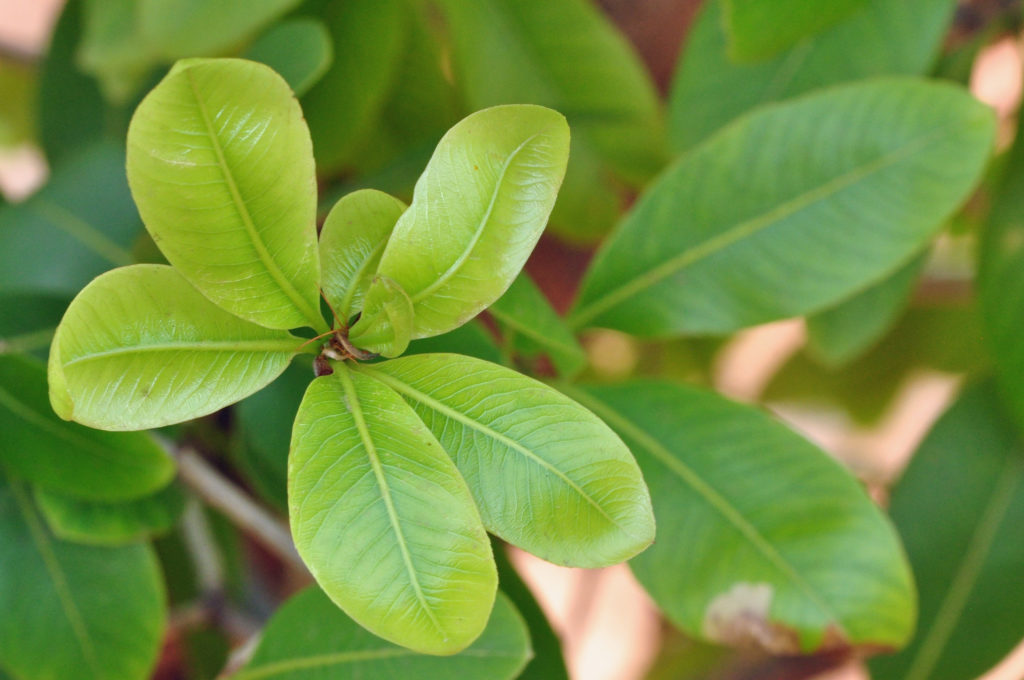
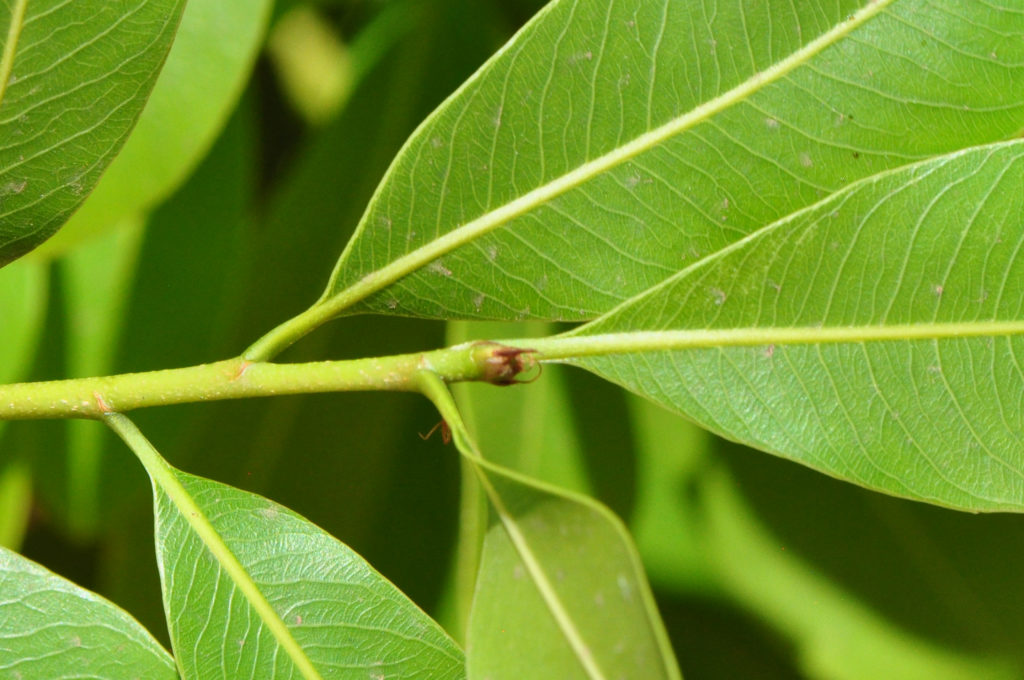
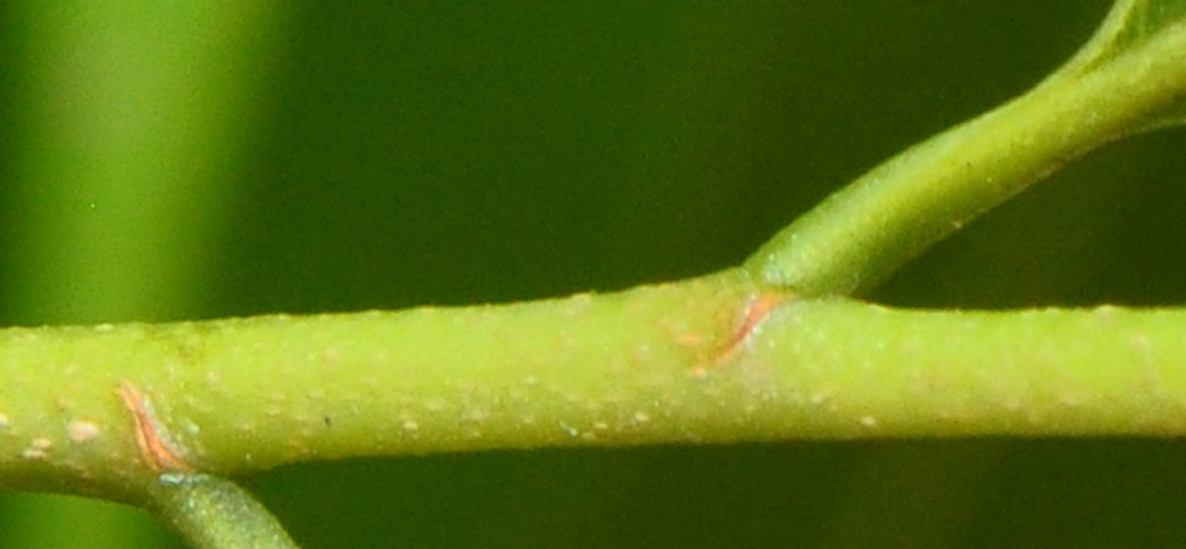
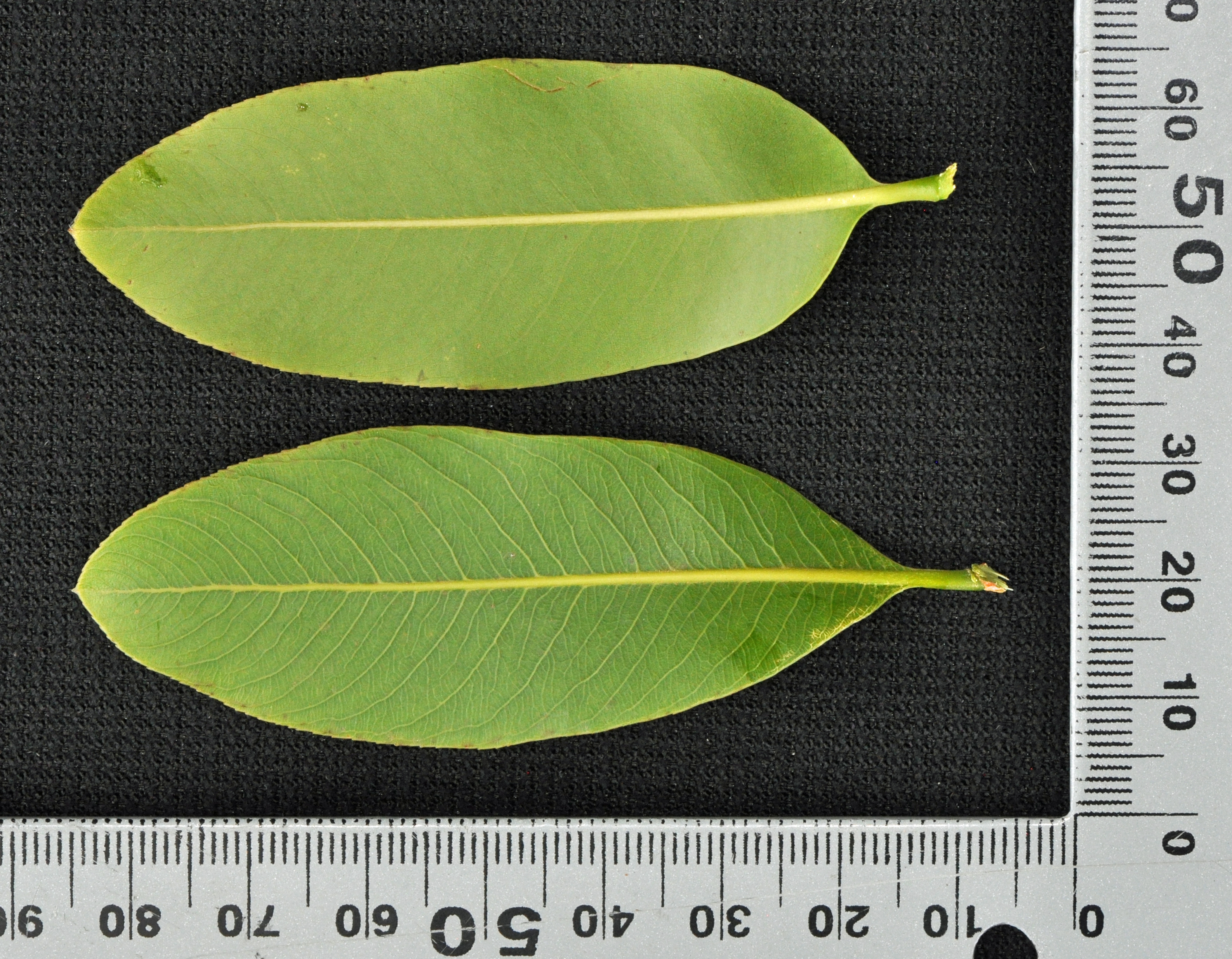
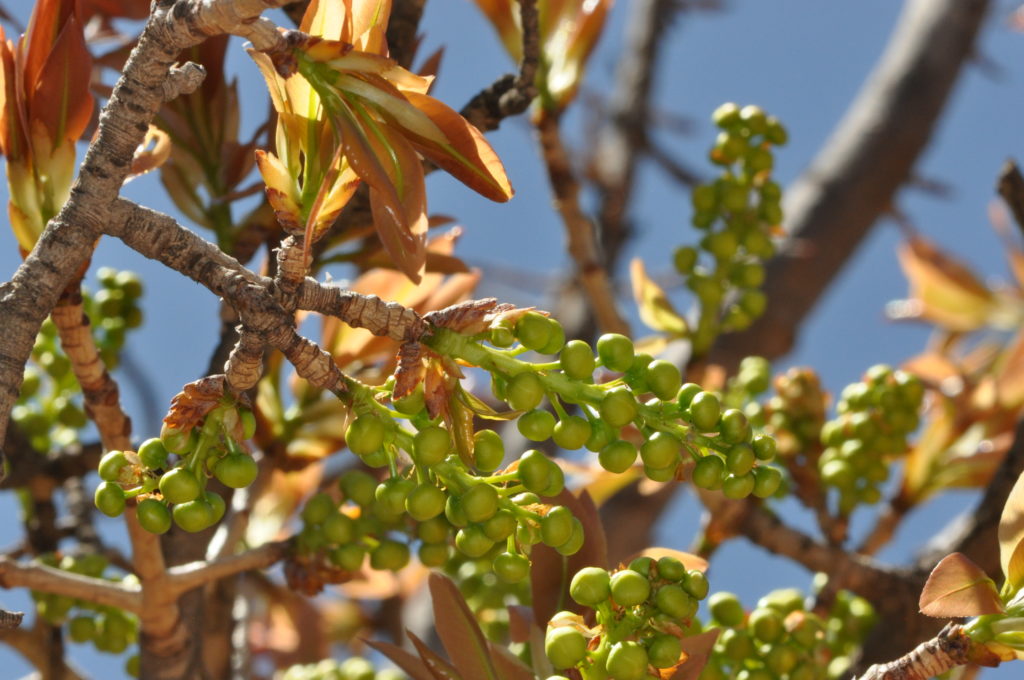
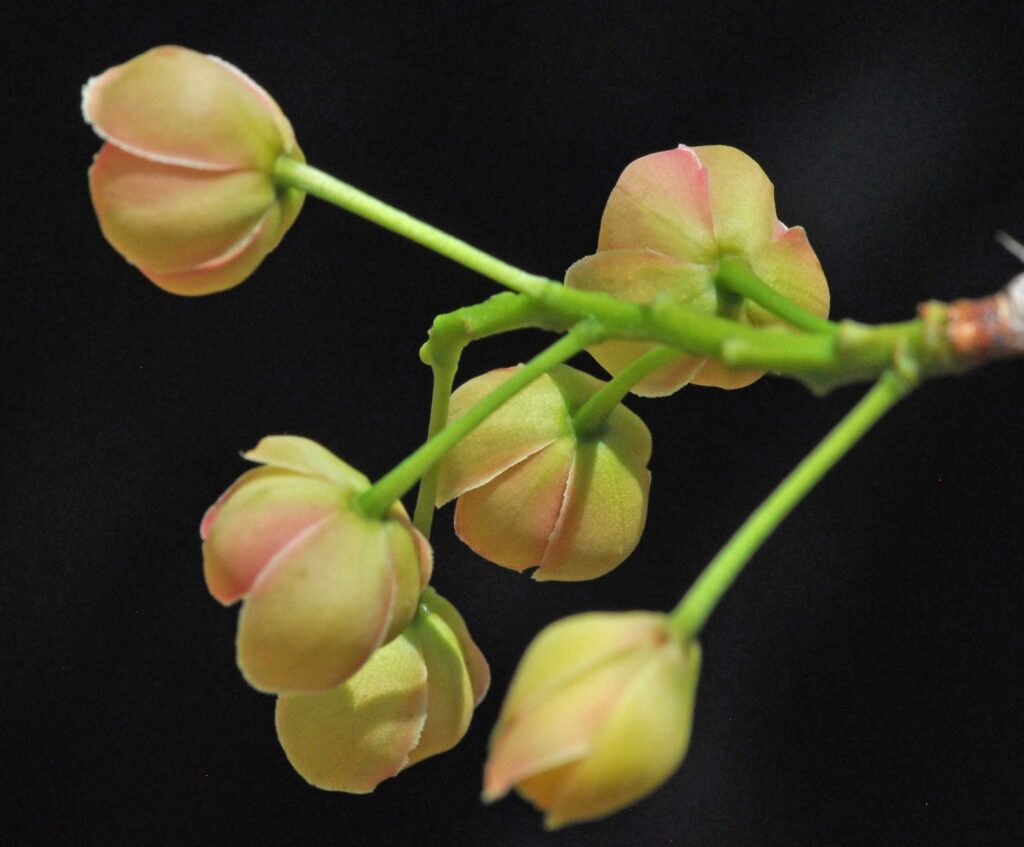
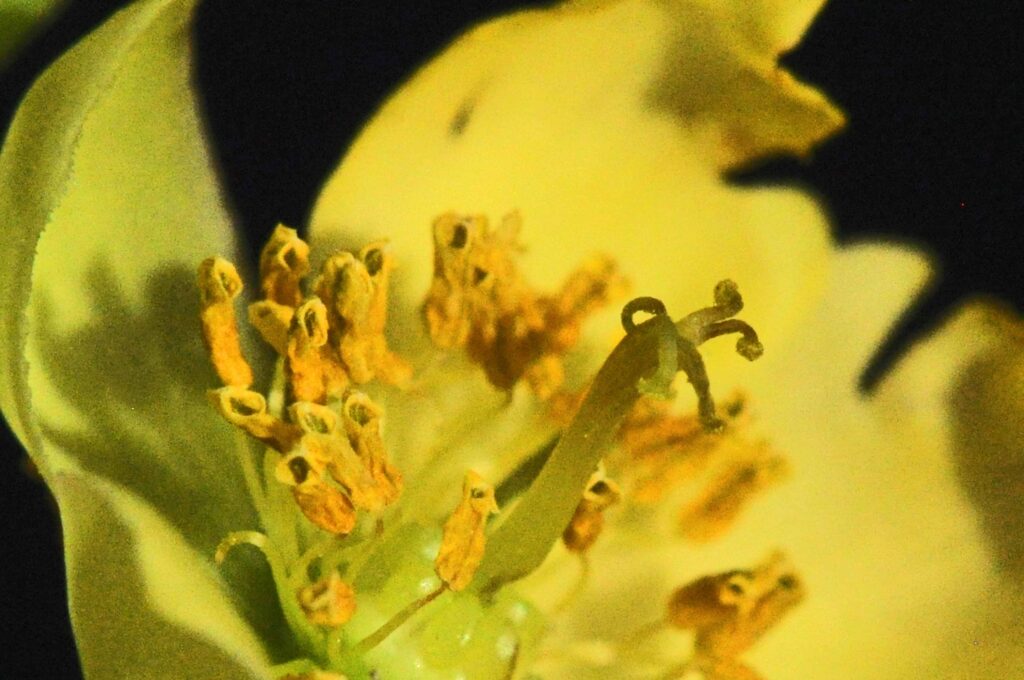
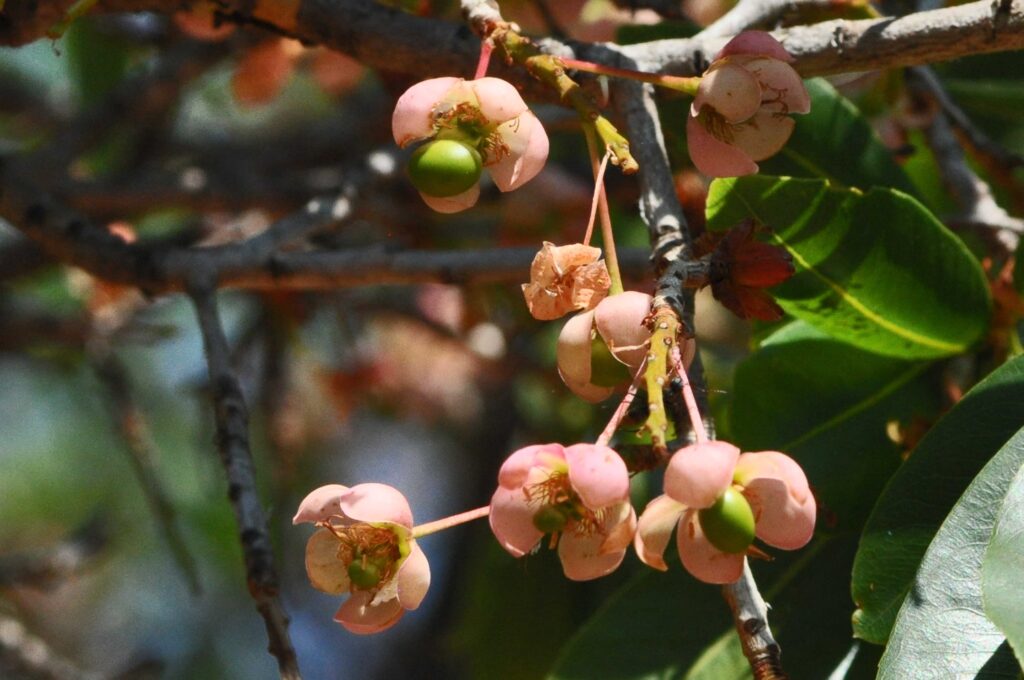
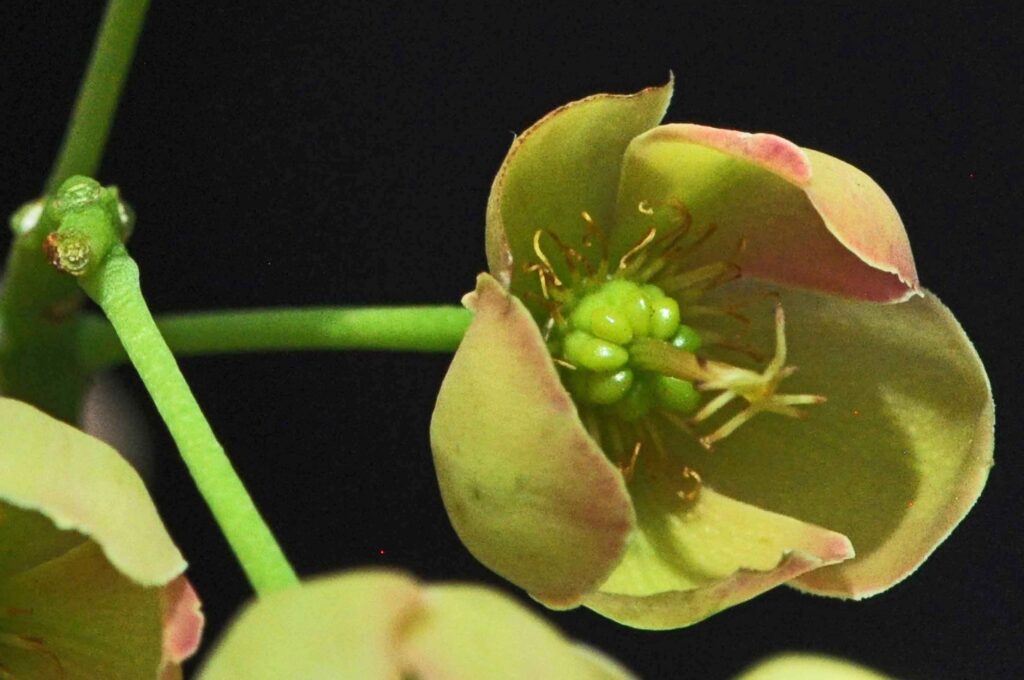
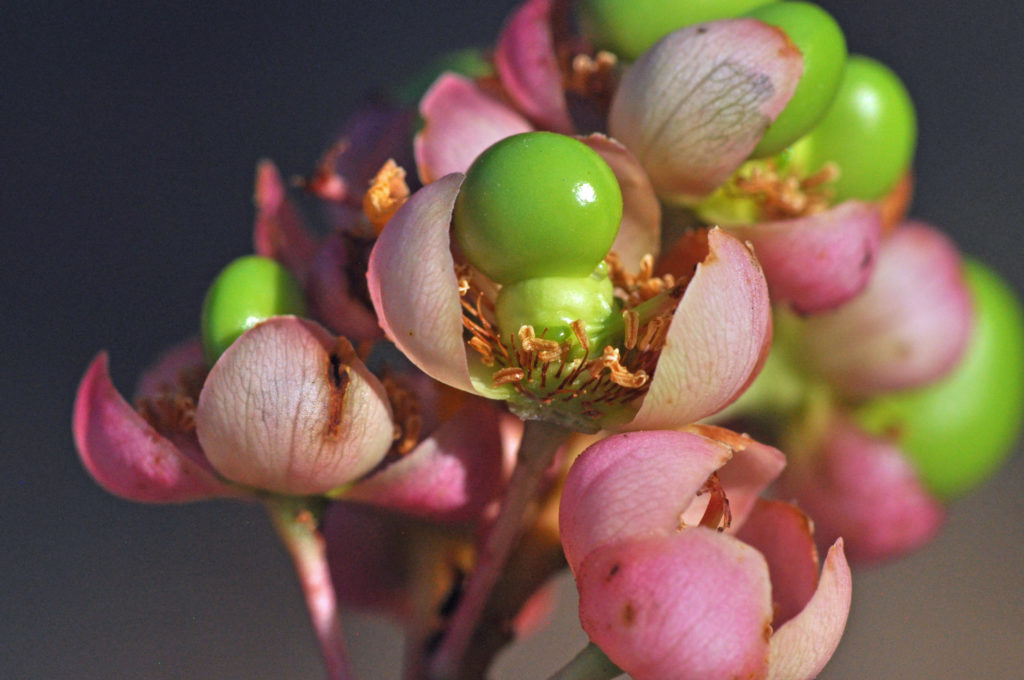
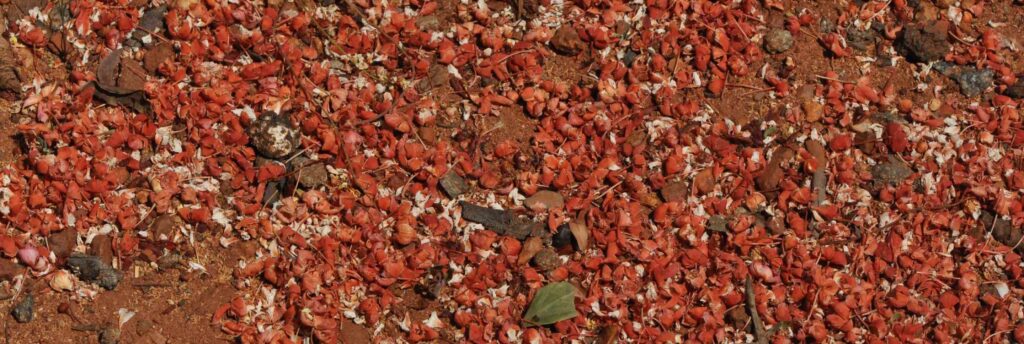
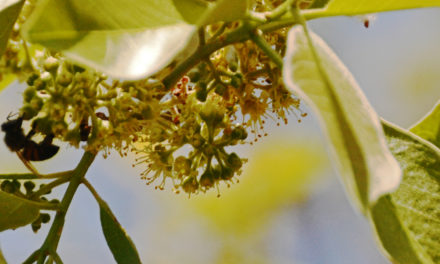

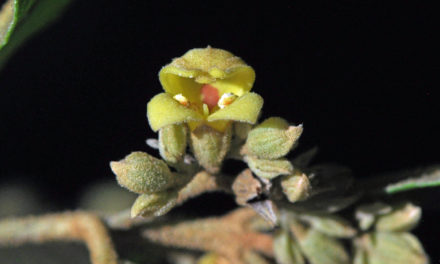
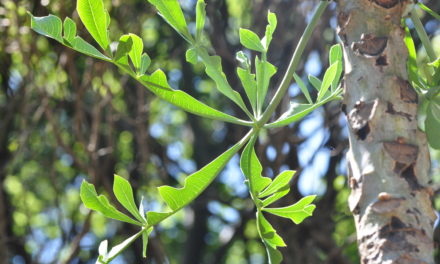
where can i buy an Ochna Pulchrs (lekkerbreek) tree ?
we live in Johannesburg
Hi Piere
This is an impressive tree. I have never seen it for sale, but I suggest that you go to a nursery and ask them to find one for you – you might be lucky.
Good luck
David Becking.